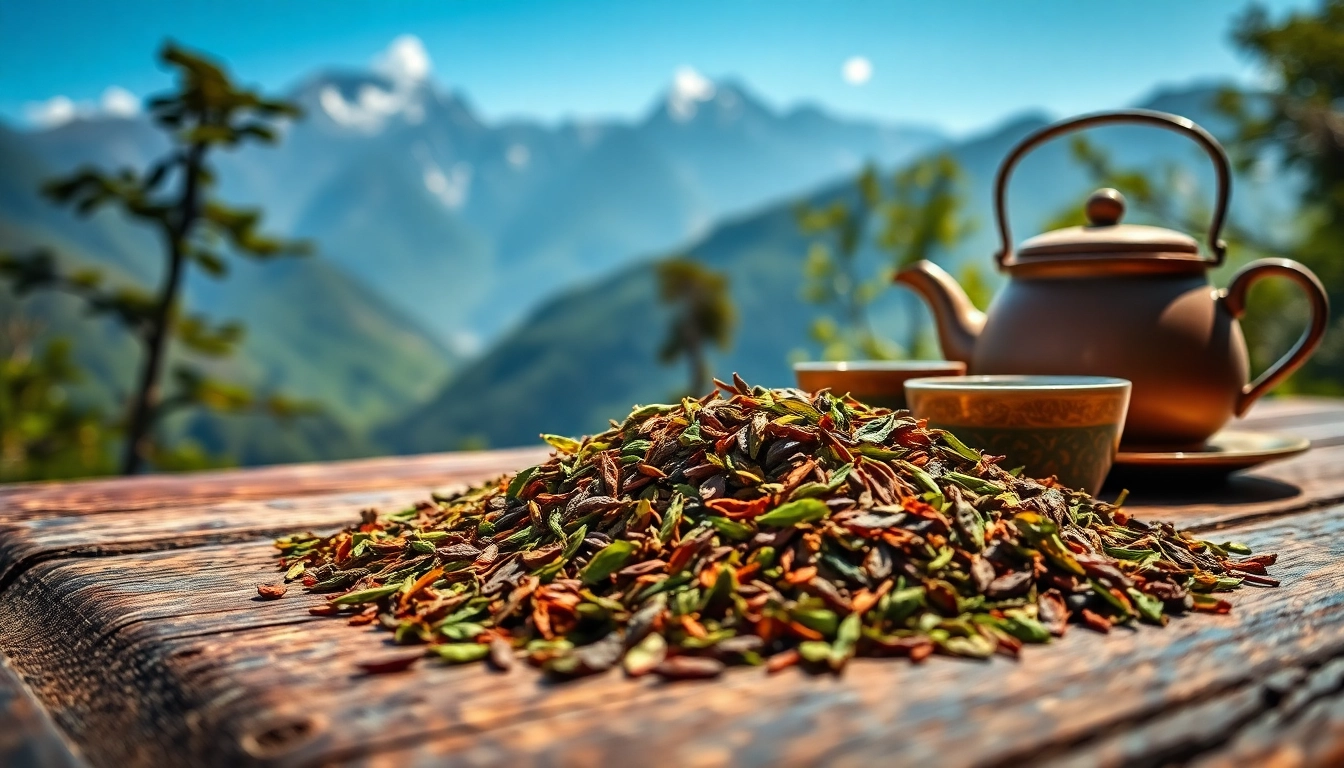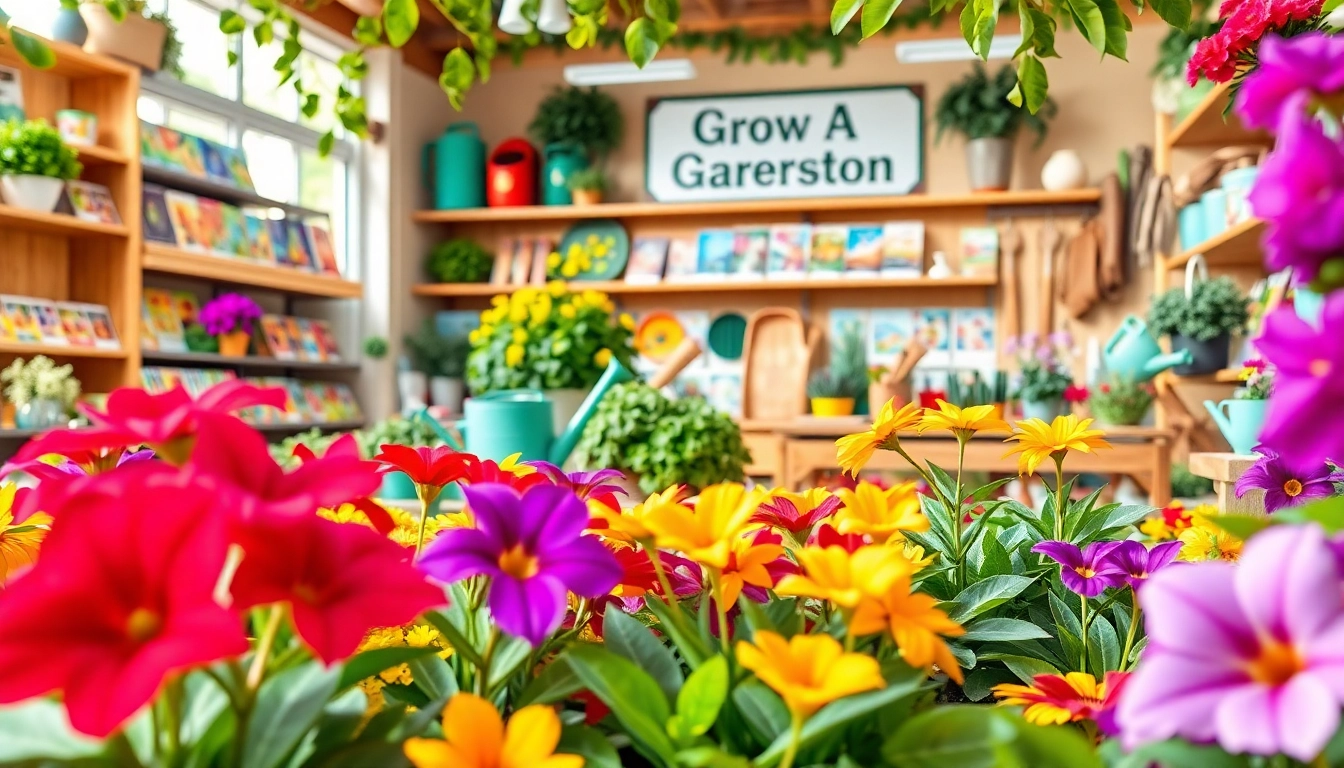Understanding Nepal Tea
What is Nepal Tea?
Nepal tea is a delightful beverage crafted from the leaves of Camellia sinensis, grown predominantly in Nepal’s pristine high-altitude regions. What sets Nepal tea apart is its unique growth conditions in the foothills of the Himalayas, where the combination of rich soil, ideal weather, and meticulous cultivation methods produce some of the world’s finest tea. Unlike its more famous counterpart, Darjeeling tea, Nepal tea stands out for its distinct characteristics and flavor profiles, making it an enticing choice for tea connoisseurs.
The cultivation of tea in Nepal dates back to the mid-19th century, and it has since evolved into a prominent agricultural product, contributing significantly to the local economy. The majority of Nepalese tea is produced in the Ilam and Dhankuta districts, renowned for their high elevation, which contributes to the tea’s vibrant aromas and complex flavors. Nepal tea can be enjoyed in various forms, including black, green, white, and oolong teas, each boasting unique profiles and characteristics that appeal to a wide audience.
Varieties of Nepal Tea
There are numerous varieties of Nepal tea, each offering a different experience for the palate. Some notable types include:
- Black Tea: This is the most produced type of Nepal tea, known for its robust flavor and deep amber color. The highest quality black teas are typically harvested during the first flush in spring, providing a rich and smooth taste.
- Green Tea: Crafted through minimal oxidation, Nepalese green tea retains its natural green color and fresh, grassy flavors. The high-altitude growing conditions further enhance its aromatic qualities.
- Oolong Tea: This semi-oxidized tea falls between black and green tea, often featuring sweet, fruity notes. Nepalese oolong is relatively rare but gaining popularity among tea enthusiasts.
- White Tea: Known for its delicate flavor profile, white tea is produced from young leaves and buds. Its production is carefully monitored to maintain superior quality.
Unique Characteristics of Nepal Tea
Nepal tea is celebrated for several unique characteristics:
- Aroma and Flavor: The high-altitude growing conditions contribute to a rich aroma and a flavor profile that ranges from floral and fruity to rich and malty. This complexity is one of the reasons why Nepal tea is often compared favorably alongside more established varieties.
- Freshness: Many producers in Nepal emphasize sustainable practices and small-batch production, ensuring that their tea remains fresh and vibrant. This focus on quality rather than quantity results in a product that is highly sought after.
- Organic Practices: A significant portion of Nepal’s tea farms operates with organic farming practices, offering consumers a product free from harmful chemicals and pesticides.
Health Benefits of Nepal Tea
Antioxidant Properties
One of the primary health benefits of drinking Nepal tea is its high antioxidant content. Antioxidants are essential for fighting free radicals in the body, which can lead to various health issues, including chronic diseases and aging. Nepal tea, particularly black and green varieties, contains high levels of polyphenols and catechins, which are well-known for their health-promoting properties.
Boosting Mental Clarity
Another significant benefit of Nepal tea is its ability to enhance mental clarity and focus. The caffeine contained in these teas, combined with the amino acid L-theanine, promotes alertness while also offering calming properties. This makes Nepal tea an excellent choice for those who want a gentle energy boost without the jitters commonly associated with coffee.
Supporting Digestive Health
Drinking Nepal tea may also support digestive health. Various compounds in tea, such as tannins, have been shown to improve gut health by encouraging the growth of beneficial bacteria in the digestive system. Some varieties, like herbal blends, can also serve to alleviate digestive discomfort, making Nepal tea a versatile beverage for any occasion.
How to Brew the Perfect Cup of Nepal Tea
Choosing the Right Quality
To truly appreciate the unique flavors of Nepal tea, it is crucial to select high-quality leaves. Look for options that specify their origin, processing methods, and freshness. Organic certifications can also provide assurance of quality, as health-conscious consumers often seek out sustainably sourced products. For instance, Nepal tea from well-known estates in Ilam often highlight these quality indicators.
Brewing Techniques for Optimal Flavor
The brewing process can significantly influence the taste of the tea. Here’s how to achieve the perfect cup:
- Temperature: Different teas require different water temperatures. Generally, black tea should be brewed with boiling water (around 200°F), while green tea is better steeped at a lower temperature (about 175°F) to avoid bitterness.
- Steeping Time: For black tea, a steeping time of 3-5 minutes is recommended. Green tea typically requires a shorter steep of 2-3 minutes. Always adhere to the recommended times to avoid an overly bitter or weak brew.
- Tea-to-Water Ratio: A common guideline is to use one teaspoon of loose leaf tea per cup (8 ounces) of water. Adjust this according to personal taste preference.
Pairing Nepal Tea with Food
Considering the wide variety of flavors found in Nepal tea, pairing them with the right food can enhance your tasting experience. For example:
- Black Tea: Pairs excellently with rich desserts, spicy dishes, and robust cheeses.
- Green Tea: Complements light meals such as salads, seafood, and chicken, as well as fresh fruits.
- White Tea: This delicate tea works well with light pastries and complements gentle flavors like honey and citrus.
- Oolong Tea: Excellent with savory Asian dishes and spicy foods to balance complexity and flavor.
Where to Buy Quality Nepal Tea
Local and Online Retailers
Quality Nepal tea can be found at various retailers both locally and online. Specialty stores focusing on organic and gourmet foods often carry a selection of high-quality teas. For those looking to buy online, several reputable websites offer a diverse range of Nepalese teas sourced directly from local producers. These platforms frequently feature detailed descriptions and customer reviews, ensuring that buyers can make informed choices.
Understanding Authenticity in Nepal Tea
Ensuring the authenticity of Nepal tea is crucial for obtaining true quality. Consumers should look for teas that clearly state their origin and processing methods. Genuine Nepal tea will often have clear labeling, highlighting sustainable farming practices and certifications. Furthermore, seeking out brands that emphasize transparency in their sourcing practices can help mitigate the risk of purchasing subpar products.
Buying Tips for Enthusiasts
For avid tea drinkers, here are some tips to enhance your purchasing decisions:
- Participate in local tea tastings to familiarize yourself with different varieties and flavors.
- Follow reputable tea bloggers or social media influencers who specialize in tea reviews for recommendations.
- Engage directly with tea producers or brands to ask questions about their sourcing and processing methods.
Cultural Significance of Tea in Nepal
Historical Background
The history of tea in Nepal is intertwined with the country’s cultural and economic development. Initially introduced by the British in the mid-19th century, the cultivation of tea quickly transformed areas like Ilam. Today, tea serves not only as a beverage but as a symbol of hospitality and social bonding among the Nepalese people.
Tea in Nepal’s Daily Life
In Nepal, tea is deeply embedded in daily life, with many households consuming milk tea, known locally as chai. Traditionally, this tea is brewed with spices and sugar, demonstrating the rich flavors characteristic of Nepalese cuisine. Tea is often served to guests, reflecting the warm hospitality of the Nepalese culture.
Celebrations and Festivals Around Tea
Tea drinking in Nepal is often accompanied by celebrations and social gatherings. Festivals such as Dashain and Tihar often see families convening to enjoy tea alongside traditional foods. The ritual of sharing tea reinforces familial bonds and community ties, showcasing its importance in social settings.













Leave a Reply